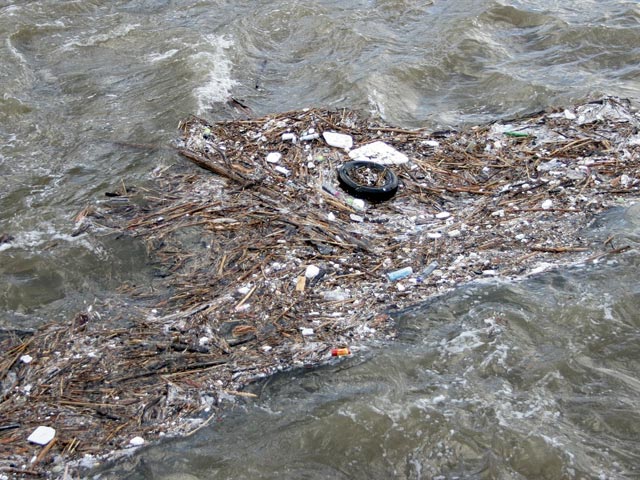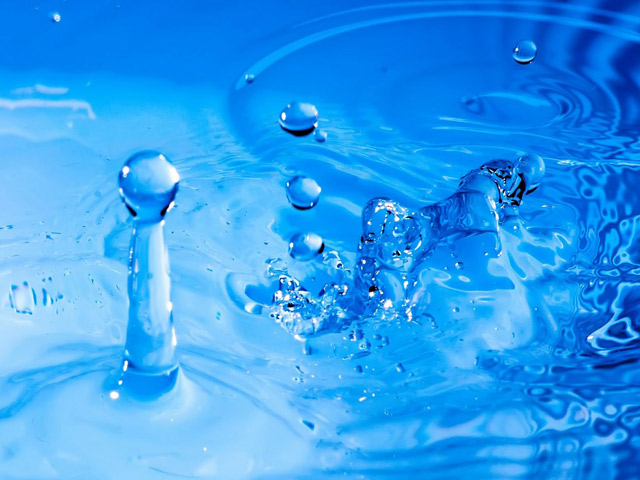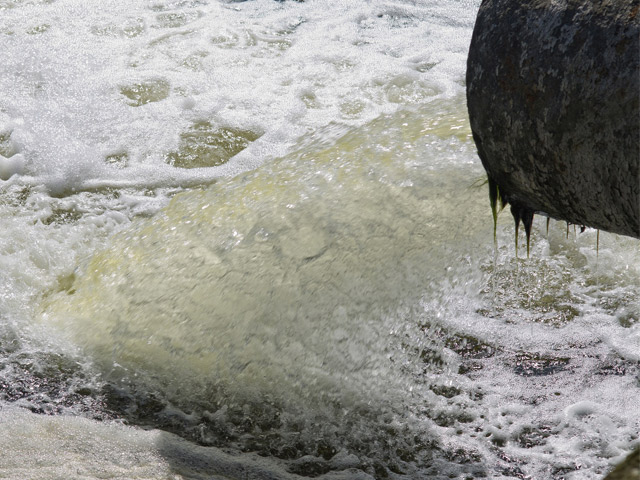Would you knowingly take a bath in contaminated water? When your home floods, knowing the 3 categories and 4 classes of water damage will help you avoid getting sick, or worse.

When your home floods, after availing your flood insurance, you need to know what type of water you are dealing with, for the right precautionary measures. To avoid adding expensive medical bills to the high cost of structural damage, you must take immediate action.
homeemergency.wordpress.com presents the 3 categories of flood water and their restoration process, black water health risks, and the 4 classifications of water damage.
The Categories of Flood Water
Categories of flood water are determined by the source of the water and its potential contamination. The categories are numbered 1 through 3 with the third posing the most significant health risks.
Category 1 Flood Water
Considered “clean water,” there are no immediate substantial health threats from category 1 flood water. This is water that originates from sink or tub overflows, appliance water source malfunctions, pipe bursts, etc.

Restoration Process – Category 1 flood water removal is a pretty straightforward process and is accomplished by:
• Shutting off the water source.
• Removing the water.
• Repairing or replacing the pipe or appliance.
• Drying the affected areas.
• Repairing structural damage.
It is essential that flood waters are removed quickly to allow the drying process to begin. The longer the water has to penetrate porous surfaces, the greater the risk is of mold and mildew development.
Category 2 Flood Water
Referred to as “grey water,” this category of water contains a significant amount of physical, chemical, and biological contaminants.

Exposure to or consumption of this water may cause varying degrees of illness. This is water that originates from overflowing washing machines, dishwashers, sump pump failure, toilet bowls, etc.
Restoration Process – Category 2 flood water removal must be handled with caution and is accomplished by:
• Shutting off or eliminating water source.
• Wearing protective gear (gloves, goggles, etc.)
• Removing the water.
• Repairing the faulty appliance or fixture.
• Drying the affected areas.
• Sanitizing all affected surfaces.
• Repairing structural damage.
In the case of category 2 flood water, it is essential that the structure be unoccupied during the water removal and the subsequent drying process to avoid contact with any airborne contaminants.
Category 3 Flood Water
Better known as “black water,” this category is the most dangerous of the three, and contains a grossly unsanitary combination of fungi, bacteria, and pathogens.

Exposure to this water is significantly dangerous, as it may cause severe illness. This is water that originates from city sewage lines, rising flood waters, category 2 water that has remained stagnant, and toilet backups originating from below the trap.
Watch this video to learn more about flood water contamination
Restoration Process – Category 3 flood water removal must be handled with extreme precautionary measures and is accomplished by:
• Shutting off or eliminating water source.
• Evacuation of the premises during the entire restoration process.
• Wearing protective head-to-toe safety gear.
• Removing the water.
• Drying the affected areas.
• Sanitizing all affected surfaces.
• Repairing or replacing structural damage.
In the case of category 3 flood water, extreme measures should be taken to avoid any and all exposure and consumption risks.
Black Water Health Risks
As black water potentially contains sewage, fecal matter, grease, pharmaceuticals, toxic algal blooms, or even decaying food, it can pose a highly dangerous health hazard to anyone coming in contact with it.
Seek immediate medical attention if any of the following manifests after exposure to black water.
Symptoms may include:
• High Fever
• Diarrhea
• Chills
• Appetite Loss
• Dehydration
• Abdominal Pain
Illnesses may include:
• Gastroenteritis
• Hepatitis
• Leptospirosis
• Infections
• Cryptosporidiosis (known as “crypto”)
There is no safe level of exposure to black water.
Classification of Water Damage
One of the most important initial steps to water removal and the drying process is estimating the probable evaporation rate of affected material in the flooded structure.
The following are the 4 classes used to determine the tools and equipment used to dry out a structure:
Class 1 Water Damage – Only a segment of the structure or room are affected, and minimum amounts of moisture have been absorbed by materials within the structure.
For this class of water damage, a slower rate of evaporation can be used to dry out the structure safely.
Class 2 Water Damage – In this class, the entire room or structure is affected, including furniture cushions, mattresses, carpet, etc.
For this class of water damage, a fast rate of evaporation is required to prevent damages to the structure and possessions within, as well as inhibiting the growth of mold and mildew.
Class 3 Water Damage – This is damaged caused by water entering from a damaged roof or broken pipes in the upper floors of a multi-level structure, and affects everything from insulation to drywall, carpet, and furniture.
For this class of water damage, the fastest rate of evaporation is required to prevent structural damages and the growth of mold and mildew.
Class 4 Water Damage – Affected material in this class possess low porosity, such as concrete, hardwood, plaster, etc.
For this class of water damage, specialized drying techniques and equipment are required, as well as extremely low humidity.
Water Damage Restoration for Your Property
Contact with contaminated water raises the odds of your getting sick or developing a severe illness. Why take the chance?
In this article, you discovered 3 categories of flood water and how each is handled, health risks from exposure to black water, and the 4 classifications of water damage used to determine drying methods.
Your disregard or lack of precautionary measures during a flood potentially puts you and your family at risk of serious illness, discomfort, and disease.
Sources:
boe.ca.gov/info/pdf/testing_reports/Water_Emergency_Response_Plan.pdf
epa.gov/sites/production/files/2014-08/documents/flood-related_cleaning_report.pdf
https://dhss.delaware.gov/dhss/dph/files/floodrecoverywaterpi.pdf